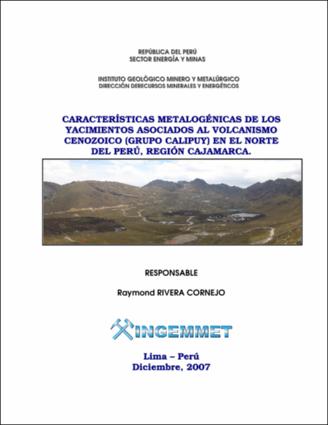Please use this identifier to cite or link to this item:
https://hdl.handle.net/20.500.12544/2133Files in This Item:
| File | Description | Size | Format | |
|---|---|---|---|---|
| 2007-Rivera-Características_metalogenicas _ yacimientos_ norte_Peru.pdf | Estudio | 11.17 MB | Adobe PDF | View/Open |
This item is licensed under a Creative Commons License












